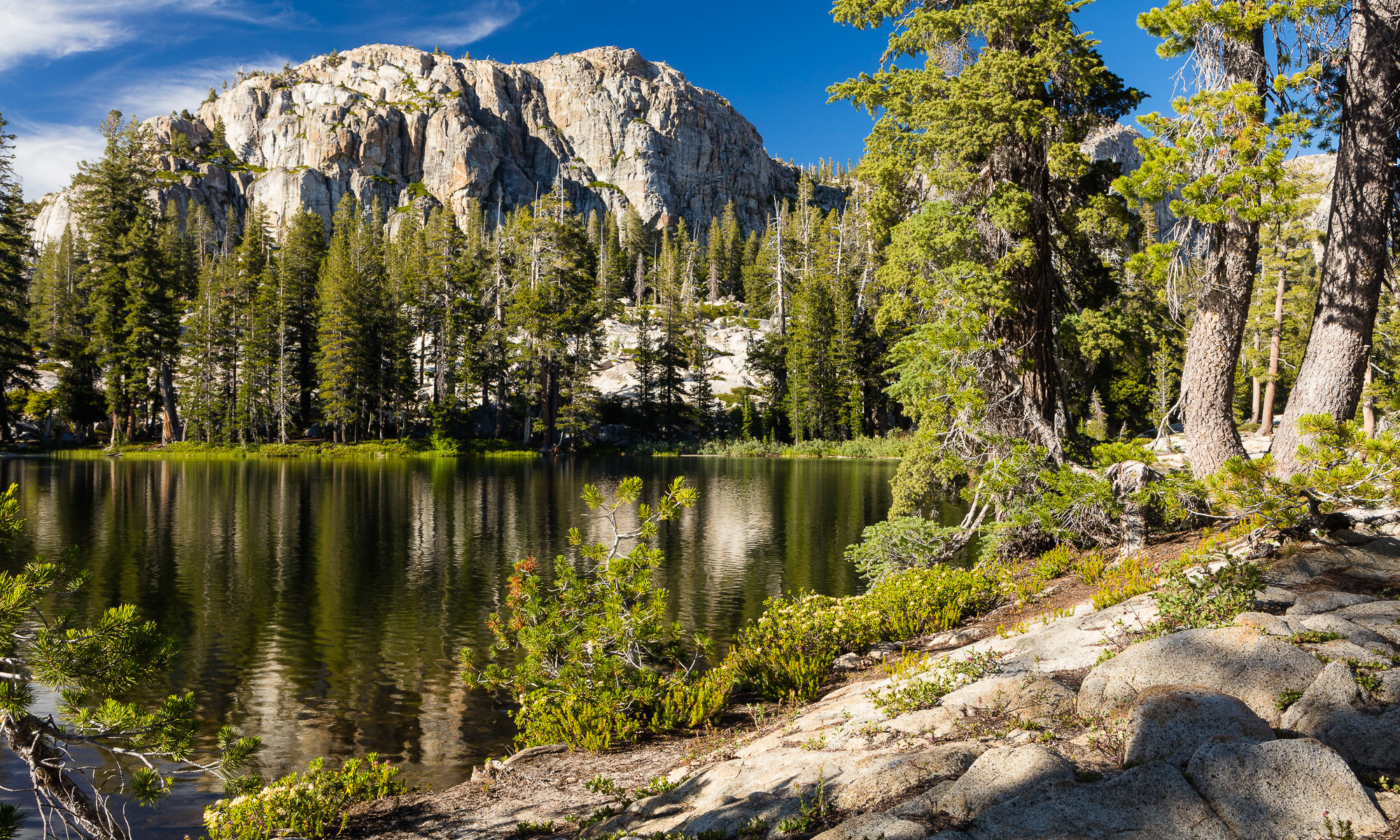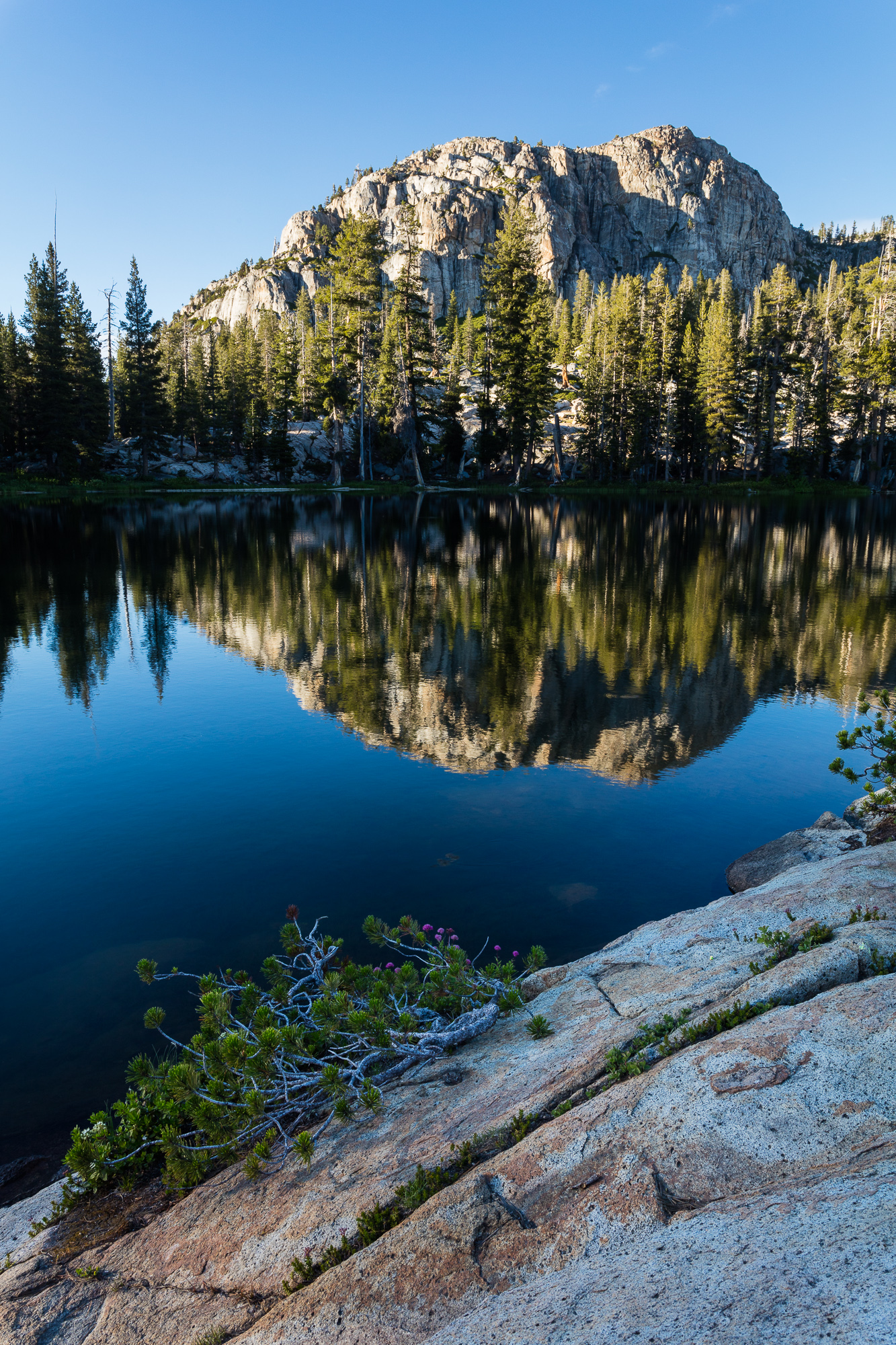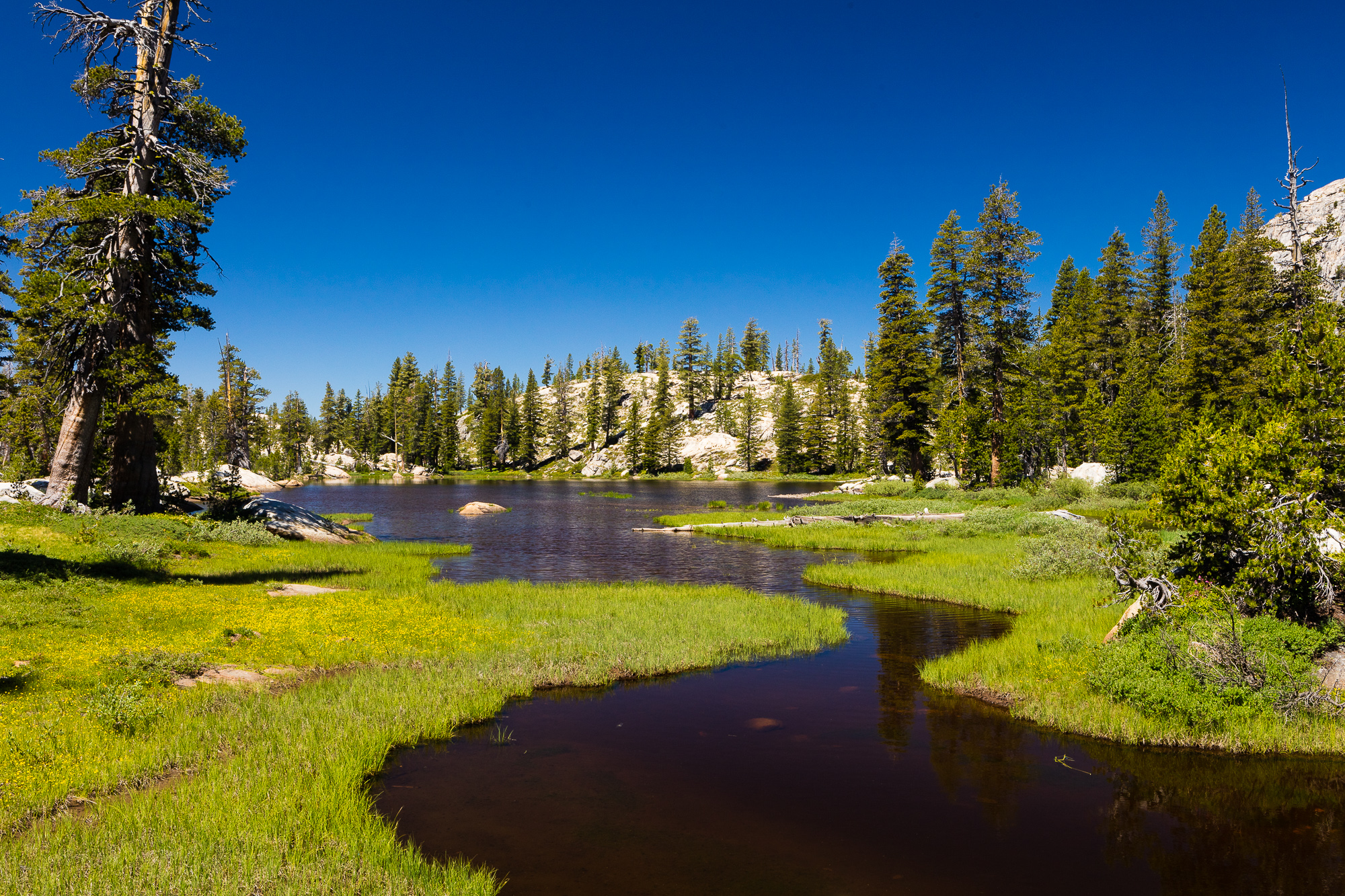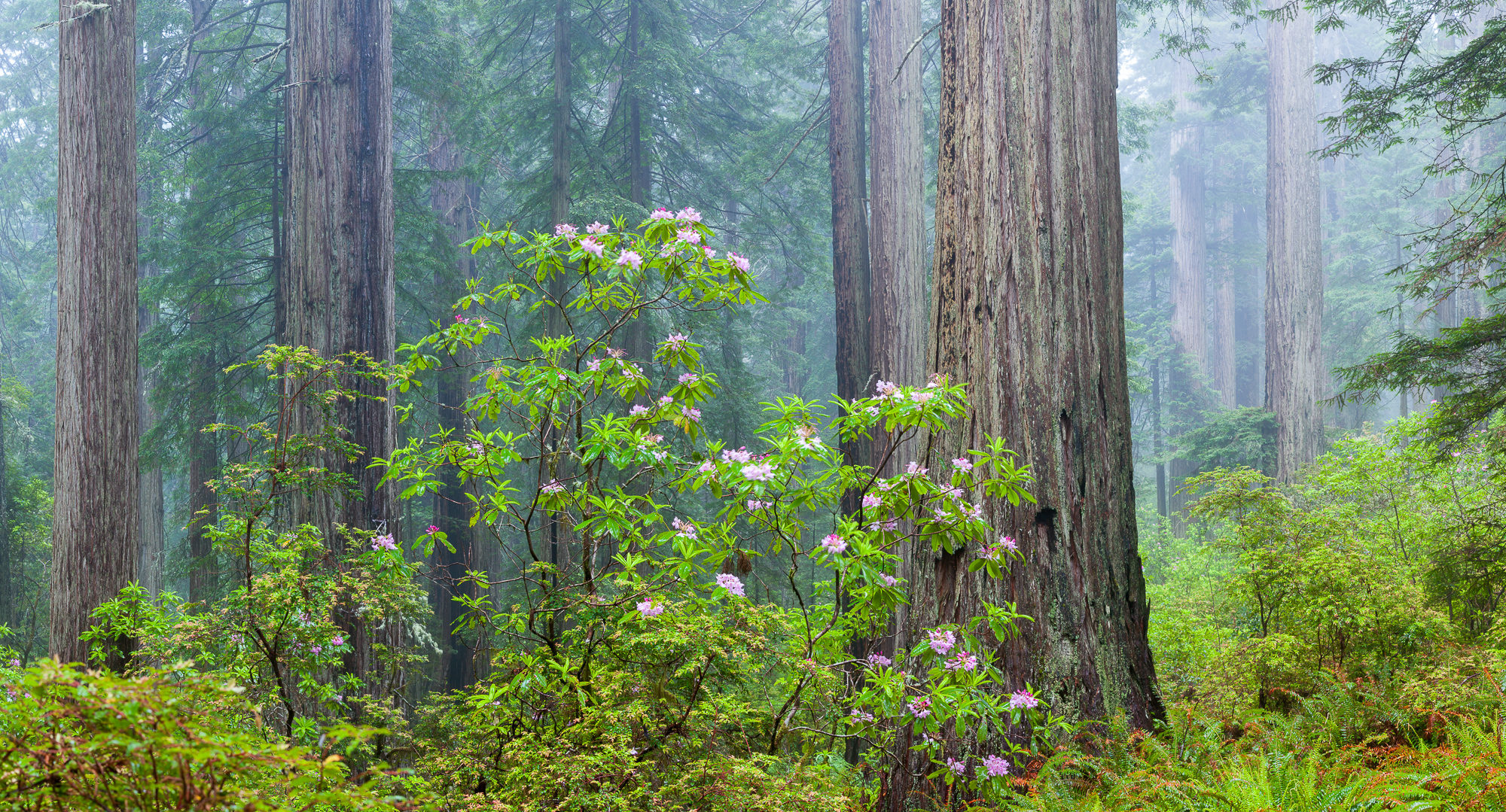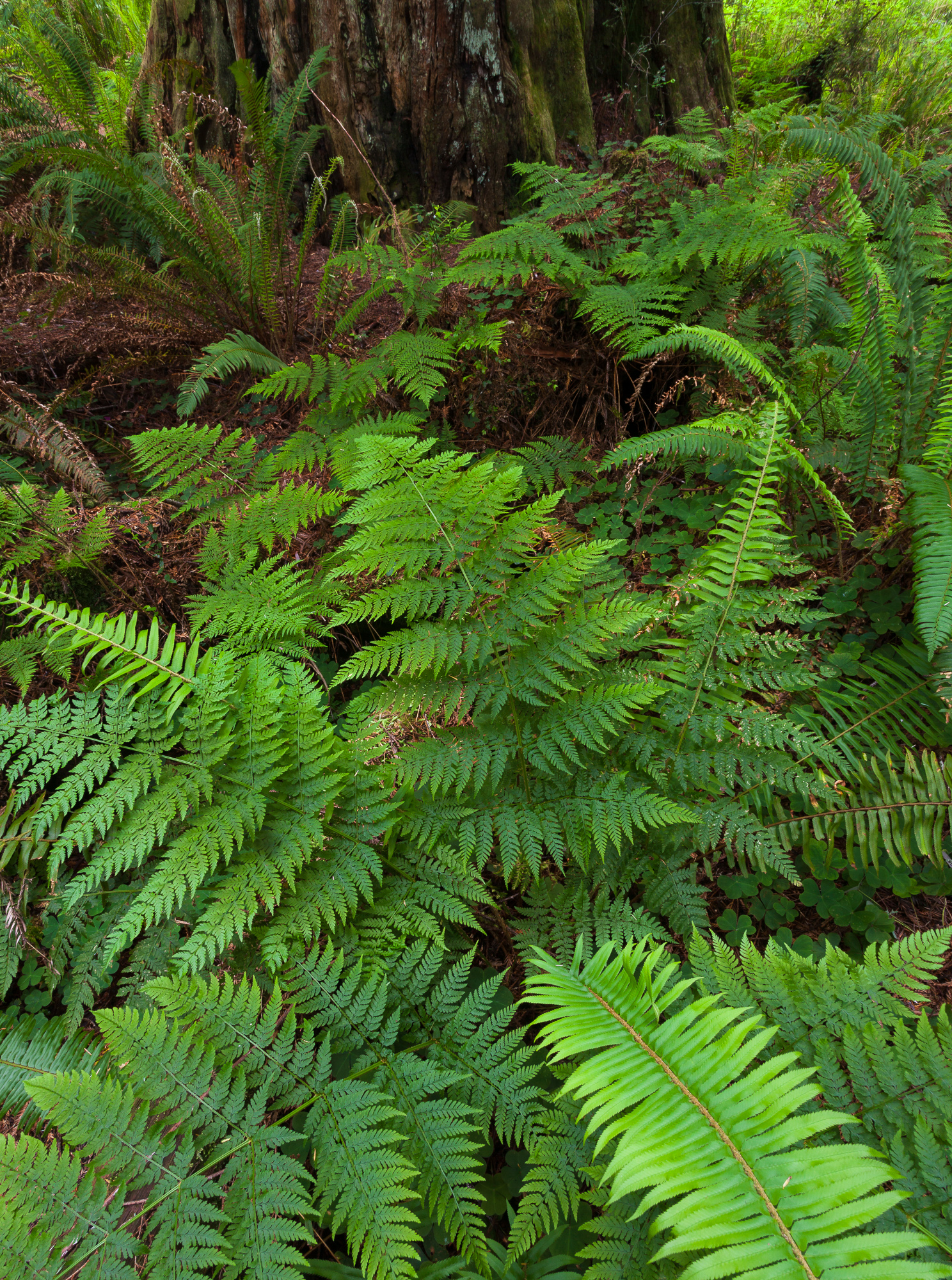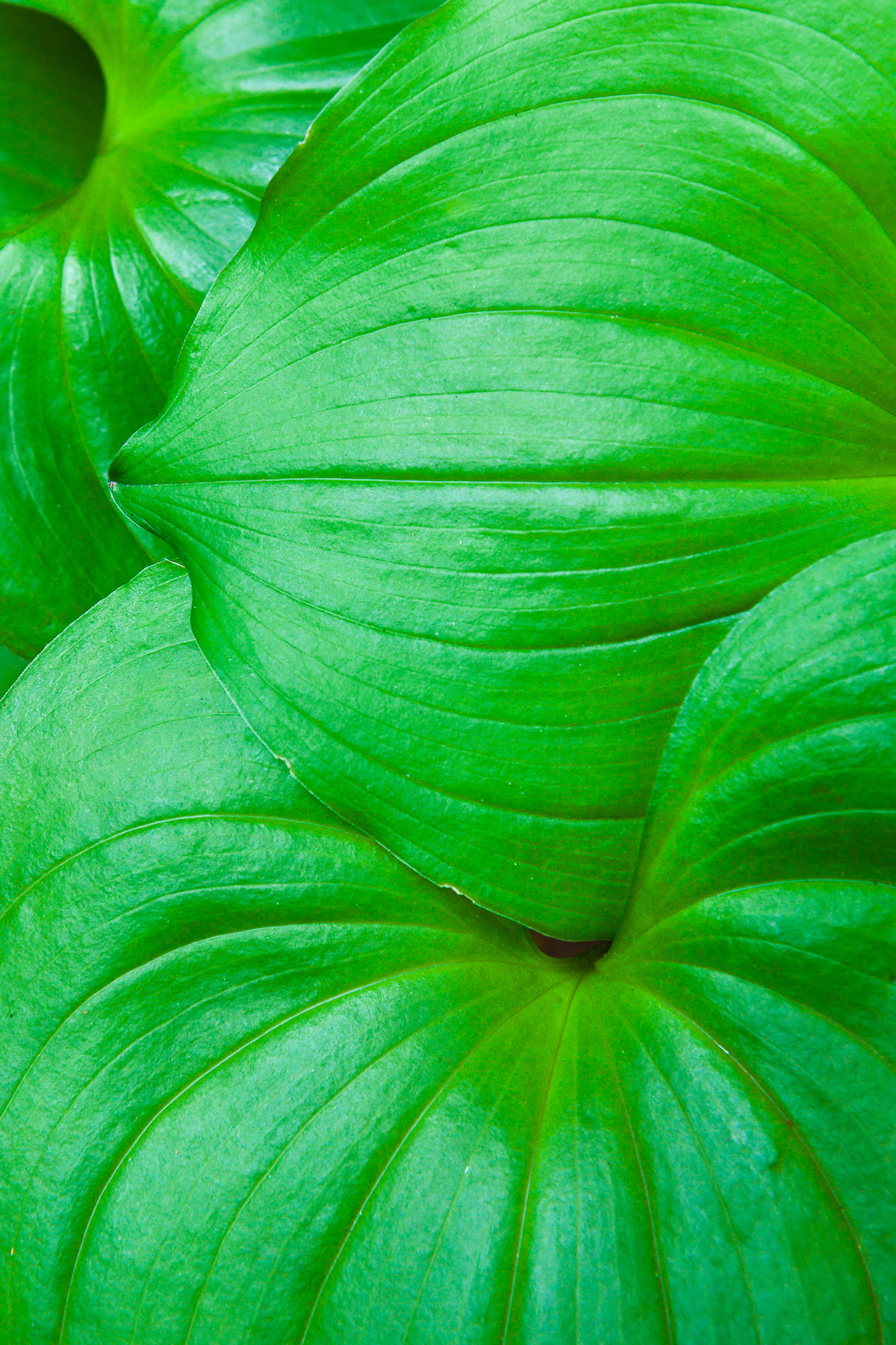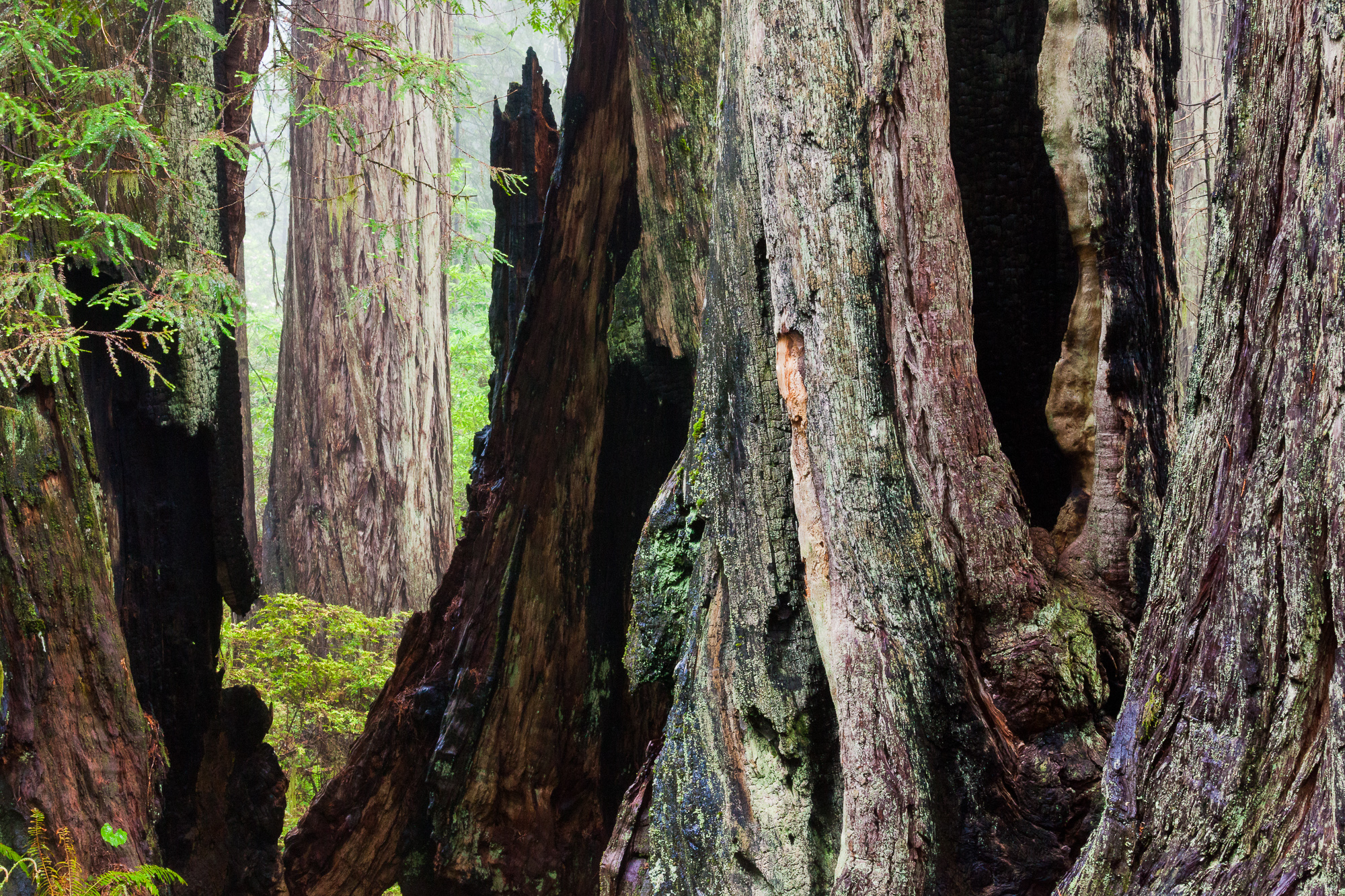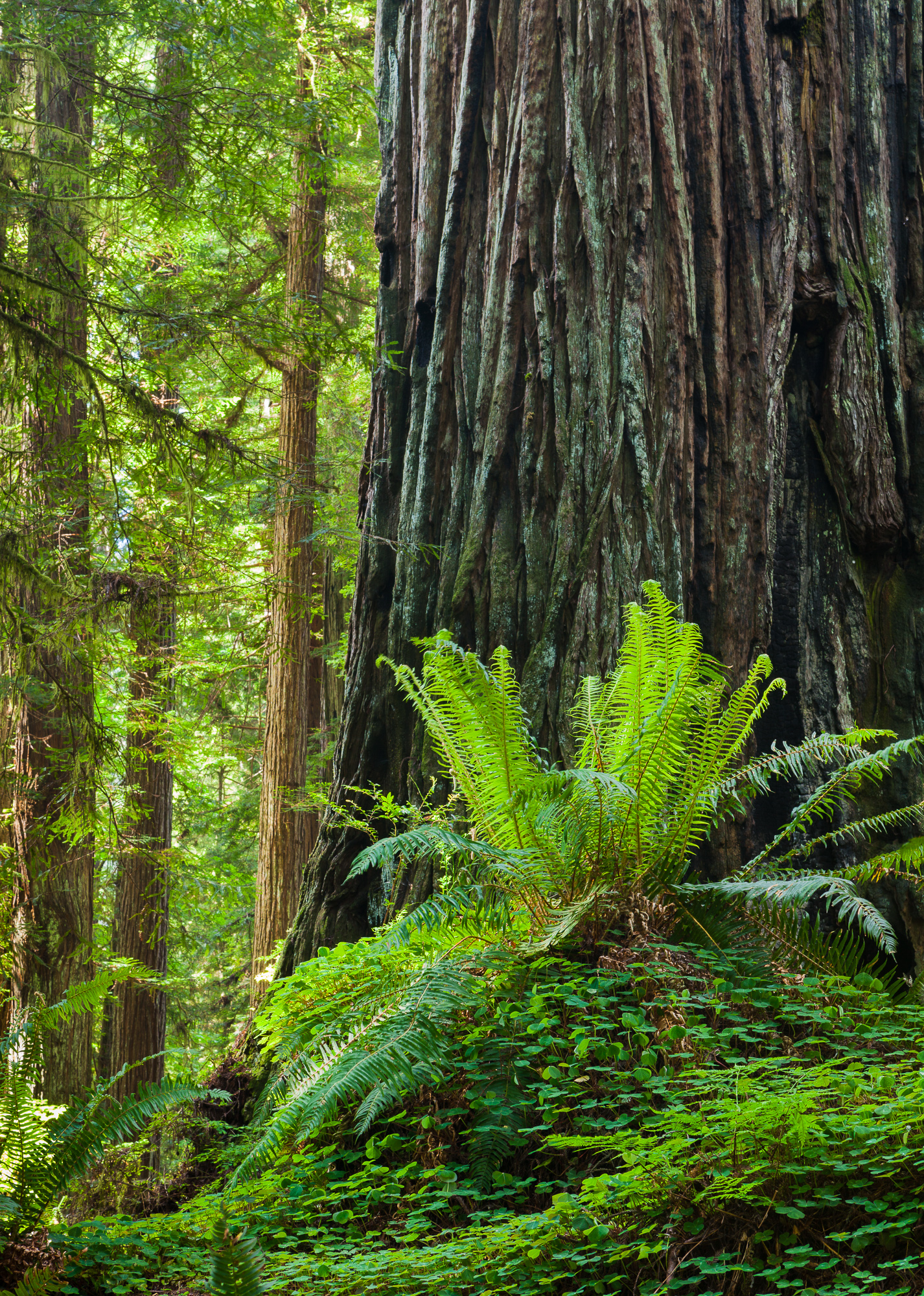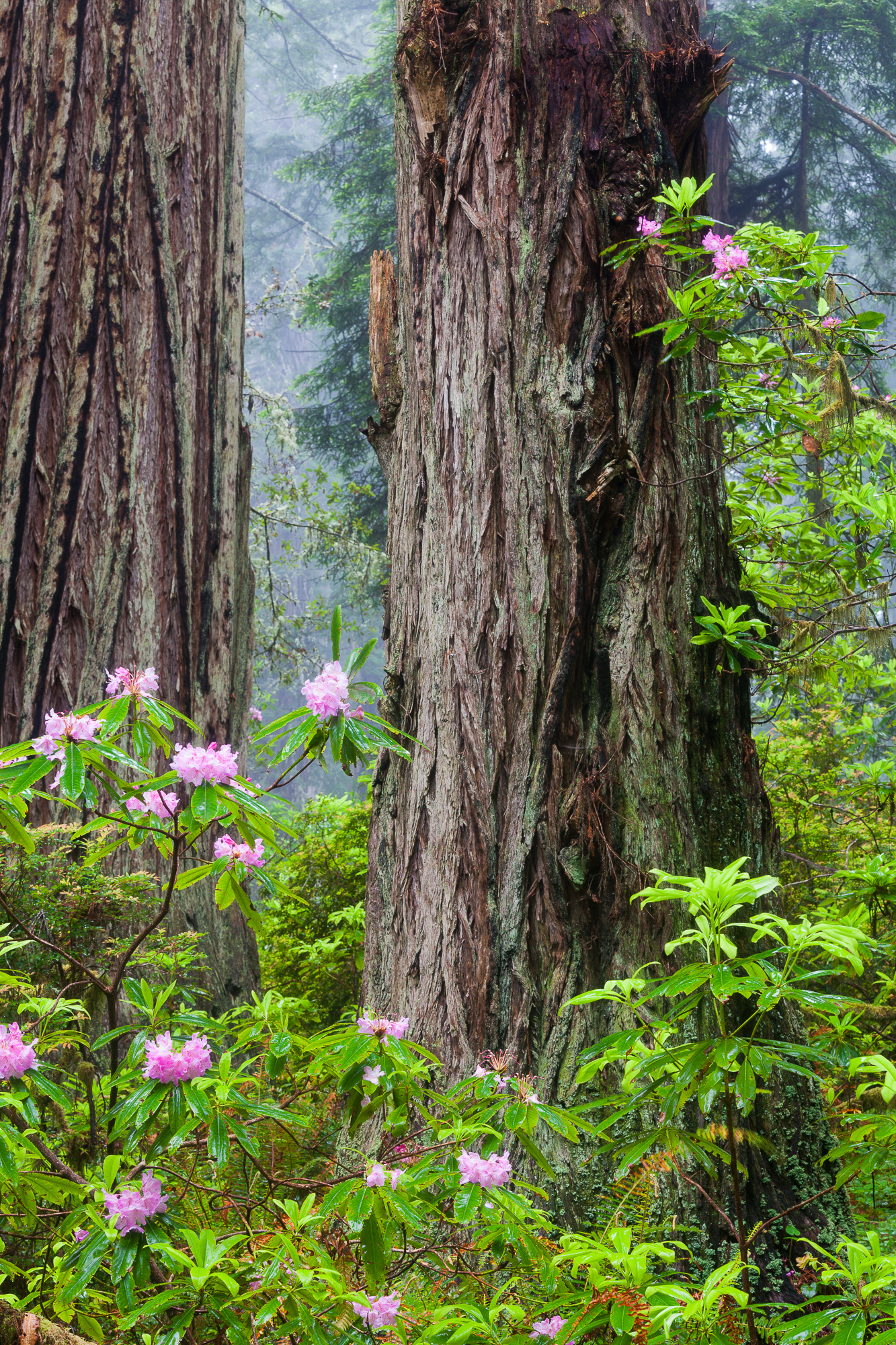In August my friend Steve and I attempted a quick four day loop through parts of Inyo National Forest. Our plan was to ascend Piute Pass, head down the other side to Evolution Valley, and loop back up Darwin Canyon through Lamarck Col to complete the loop at North Lake. Sounded pretty simple, and going through some beautiful country. What we hadn’t planned on when creating the trip was how much snow was still in the mountains from the heavy winter. Even though it was August, snow still covered much of our trail.
As our trip date approached, we saw that not only would we have lots of snow to contend with, but also some very wet weather. Monsoonal moisture was pushing up from the east side of the Sierra, looking to drench our trip. After some deliberation, we decided to push forward, hoping for at least one clear evening or morning in Evolution Valley. I’d certainly put up with four days of rain for one beautiful landscape shot to add to my portfolio.
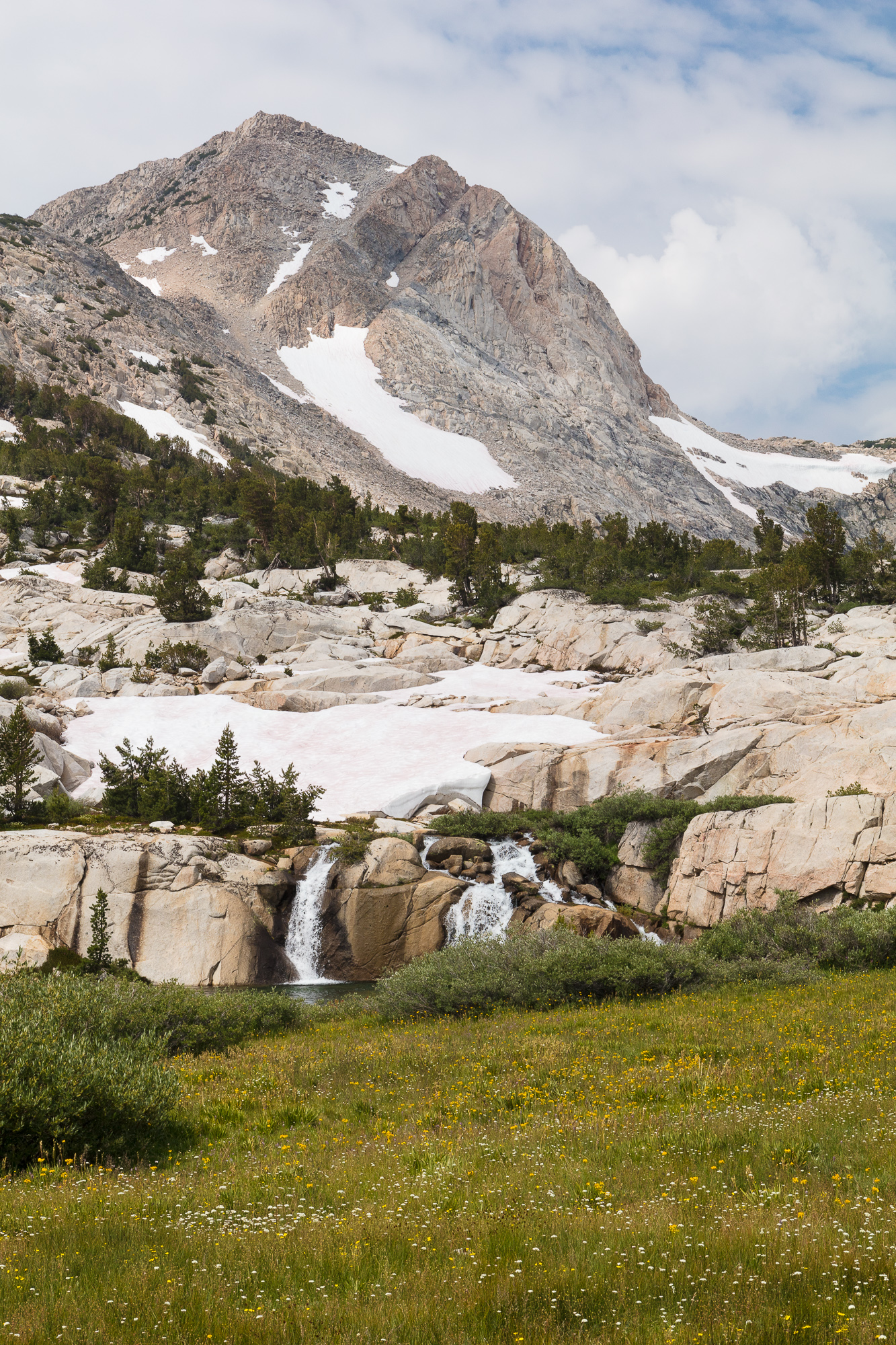
The climb up to Piute Pass was uneventful, passing a series of lakes on the way to the day’s high point. Glaciers clung to the northern slopes of the mountains, feeding small waterfalls. We did encounter several groups of happy campers who had spent the previous night at some of these lakes. I spoke briefly to a man named John and his son Clay who looked like they braved the nighttime rains in good spirits.
As we got closer to the top, I started seeing small fields of wildflowers. It was the right time of year for this elevation, but given how much snow was still in the mountains, I hadn’t been thinking of wildflowers at all.

As soon as we were over the pass, we were treated to panoramic views of the mountains to the south. We had a short respite of flat ground, before the trail steepened and we descended into forest. As the rain started to fall, I donned my lightweight rain jacket and began to wonder if I was really prepared for potentially four days of rain. Soon we came across our first water crossing. The typical rock hop had swollen to a deep, fast flow, requiring the removal of my boots and a careful crossing. While the water was only up to my mid thigh, I began to worry about the crossings to come, knowing that some were much deeper.
Some days on the trail, the terrain wins the day. This was certainly one of those days. By the time we got to our campsite area, I was absolutely beat, and soaking wet from the five hours of downpour. Steve and I slogged around the area looking for a fire ring. Every spot that looked like it could work was under water. Between the rainfall and melting snow, there was so much water in the area that large pools formed in just about every flat space available. After about 45 minutes of searching, we finally found a place. I set up on a very wet slab of granite, hoping most of the water would run around my tent rather than under it. We heroically got a smoldering fire going, and tucked in for an early night.
The next morning, we woke to clear skies. However, everything I owned seemed to be soaked. Even my down sleeping back was wet on the outside, worrying me about warmth for the next cold night if it soaked through. We sat for a few minutes debating whether to push on, or just abandon and head back to the car. I was tired, wet, and worried about the difficult water crossings ahead. What finally swayed me was the discovery that my right boot was completely separating from the sole. This did not bode well for three more days of rough travel, much of it cross country. Time to head back to the car.
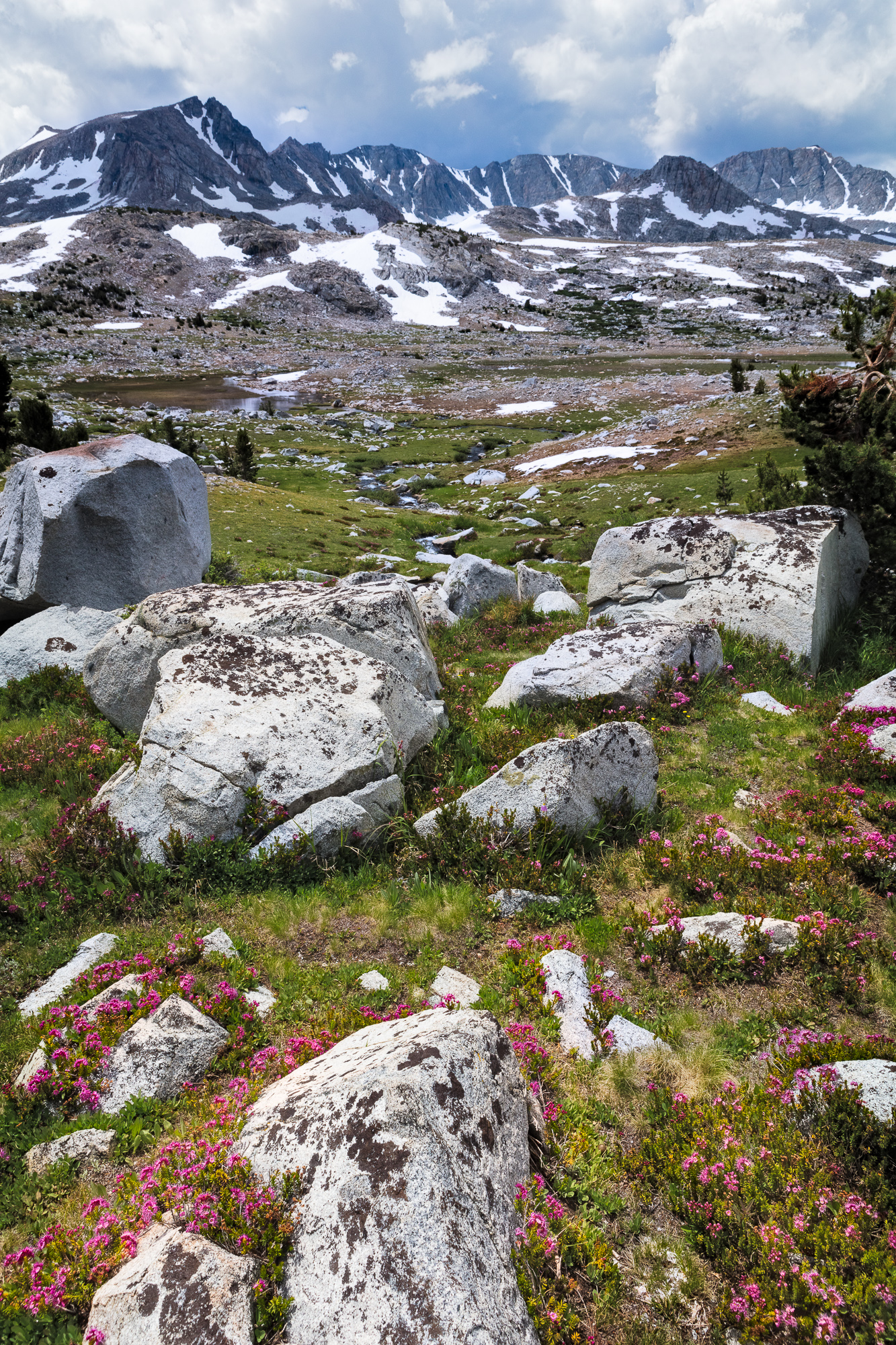
Thus, with heavy hearts we repeated the terrain of day one. I tied some twine around my boot to hold it together and we climbed back up to Piute Pass from the west. Given that we had extra time to get back to the car, we stopped and took in a few beautiful wildflower displays on the western side of the pass.

While we didn’t get to see the glory of Evolution Valley, it was beautiful country nonetheless. Even though it is always difficult when you don’t reach your goals, we still enjoyed a night out in the wilderness, 22 miles of challenging hiking, and some high elevation August wildflowers. Failed trip? Maybe. But it is hard to bemoan getting some solitude out in the natural world. It does much to replenish my soul, even when the going is tough.
Gear I used to create the photos in this post:


